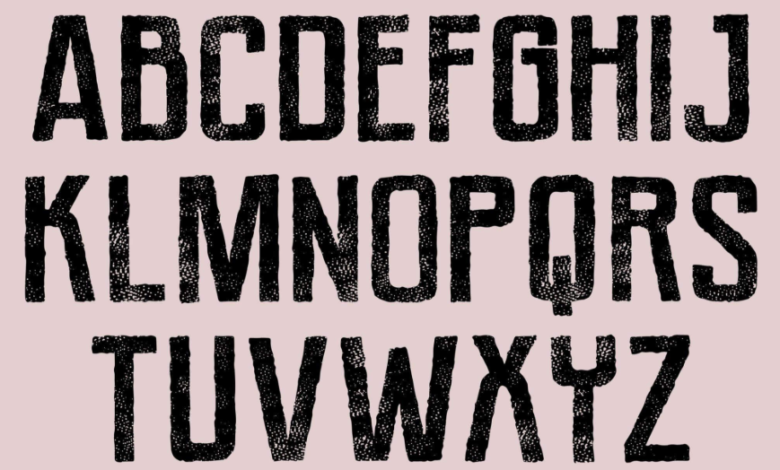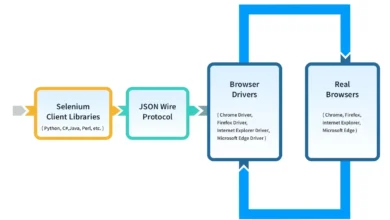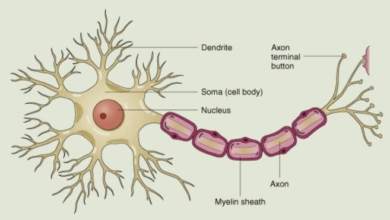Truetype Fonts: A Comprehensive Guide to Their Role in Modern Design

TrueType fonts (TTF) have been a cornerstone in digital typography since their inception in the late 1980s. Developed by Apple and later adopted by Microsoft, TrueType fonts offer scalability, precision, and broad compatibility across various platforms. Their widespread use continues to influence both print and digital design today.
What Are TrueType Fonts?
TrueType is a digital font format that uses mathematical outlines to represent characters. These outlines are composed of straight lines and quadratic Bézier curves, allowing for smooth scaling at any size. A key feature of truetype fonts is their hinting system, which adjusts the display of characters on low-resolution screens to improve legibility. This makes them particularly effective for screen rendering.
See also: Smart Security for Smart Homes: Integrating Technology into Modern Home Security
Advantages of TrueType Fonts
Scalability and Precision
TrueType fonts are vector-based, meaning they can be scaled to any size without loss of quality. This scalability ensures that text appears crisp and clear, whether displayed on a small mobile screen or a large print banner.
Broad Compatibility
TrueType fonts are supported by all major operating systems, including Windows, macOS, and Linux. This universal compatibility ensures that documents and designs maintain their intended appearance across different platforms.
Efficient Rendering
The hinting system in TrueType fonts optimizes the display of characters on screens with lower resolutions. This results in improved readability, especially on digital devices, by aligning characters to the pixel grid.
Embedding and Licensing Flexibility
TrueType fonts can be embedded into documents and web pages, allowing for consistent typography across various mediums. Additionally, they support licensing options that enable designers to control how their fonts are used and distributed.
TrueType Fonts in Modern Design
In contemporary design, TrueType fonts are utilized in a myriad of applications, from website content and mobile apps to printed materials like brochures and posters. Their versatility and reliability make them a preferred choice for designers seeking consistent and high-quality typography.
Web Design
With the advent of web fonts, TrueType fonts have been adapted for use in web design through formats like WOFF (Web Open Font Format). This adaptation allows for the inclusion of custom fonts in web pages, enhancing brand identity and user experience.
Print Media
In print media, TrueType fonts ensure that text appears sharp and professional. Their scalability makes them suitable for various print sizes, from business cards to billboards, maintaining legibility and aesthetic appeal.
Branding and Identity
Consistent use of TrueType fonts in branding materials helps establish a cohesive visual identity. Whether it’s a logo, packaging, or advertising campaign, TrueType fonts contribute to brand recognition and convey the desired message effectively.
Choosing the Right TrueType Font
When selecting a TrueType font for a project, consider the following factors:
- Purpose and Audience: Choose a font that aligns with the project’s objectives and resonates with the target audience.
- Legibility: Ensure that the font is easy to read at various sizes and on different devices.
- Style and Tone: Select a font that reflects the desired mood or personality of the design.
- Compatibility: Verify that the font is supported across all platforms where the design will be viewed.
Conclusion
TrueType fonts remain a fundamental component of digital and print design. Their scalability, compatibility, and precision make them an invaluable tool for designers aiming to create clear, consistent, and visually appealing content. As design continues to evolve, TrueType fonts will undoubtedly remain a reliable choice for high-quality typography.







